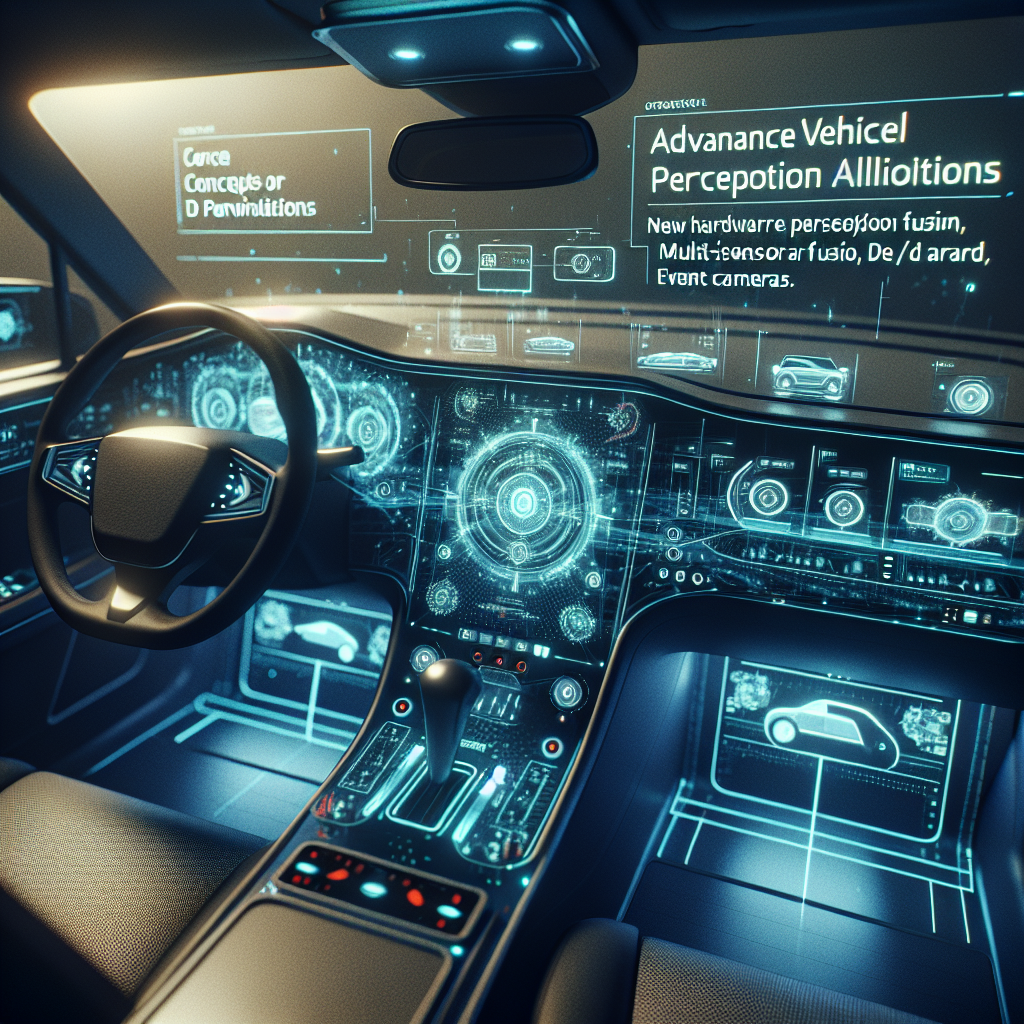
Major automotive manufacturers are making significant strides in vehicle perception technology, with recent developments focusing on enhanced driver assistance systems and software-defined capabilities. These advancements represent a growing trend toward more sophisticated autonomous features and improved safety systems across the industry.

The automotive market is showing interesting dynamics as manufacturers adopt different strategies to manage sales and inventory. While Ford is taking aggressive steps to boost F-150 sales through innovative financing options, Toyota continues to grapple with supply chain challenges that limit its ability to meet customer demand, highlighting the contrasting situations major automakers face in today's market.
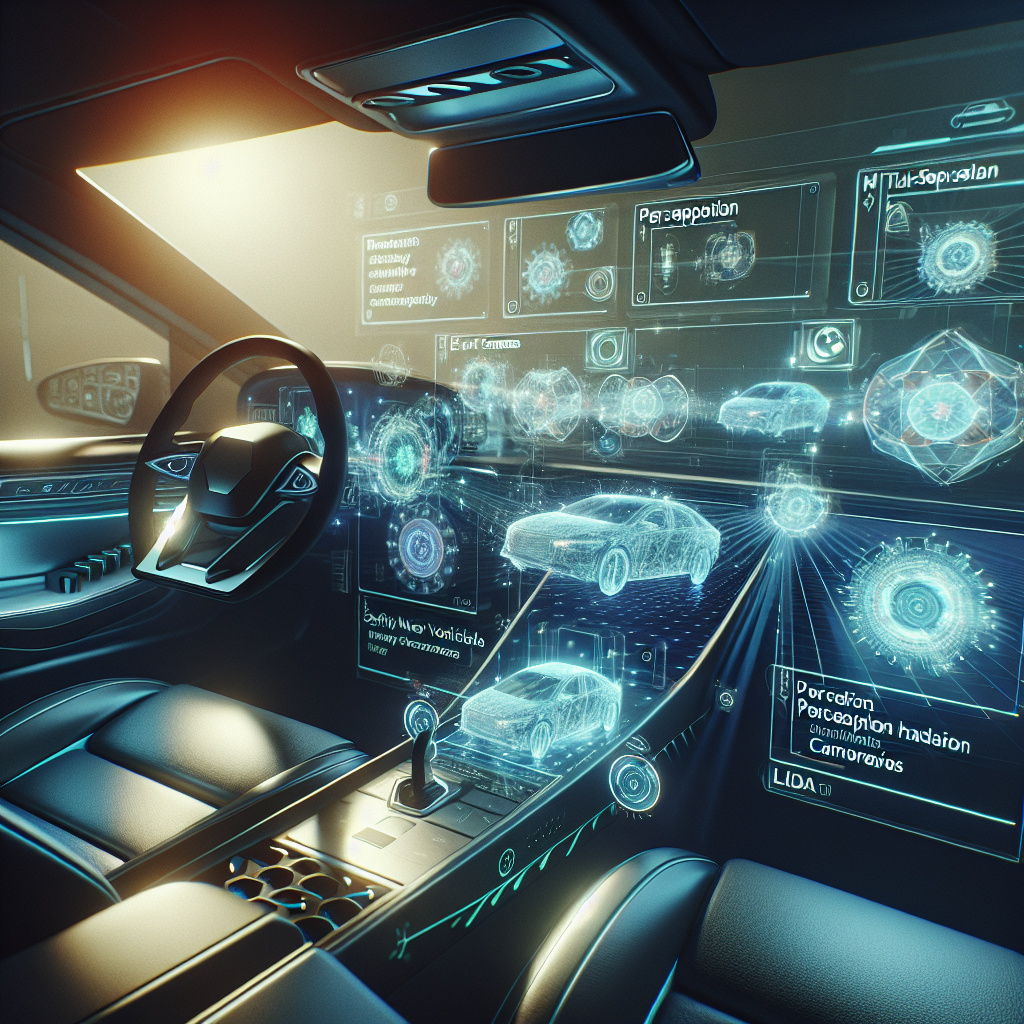
As autonomous driving technology continues to evolve, Tesla has made a controversial move in its latest Full Self-Driving (FSD) software update by apparently encouraging tired drivers to engage the system rather than pull over to rest. This development highlights the ongoing debate about the role of driver monitoring systems and perception technology in vehicle safety [1].
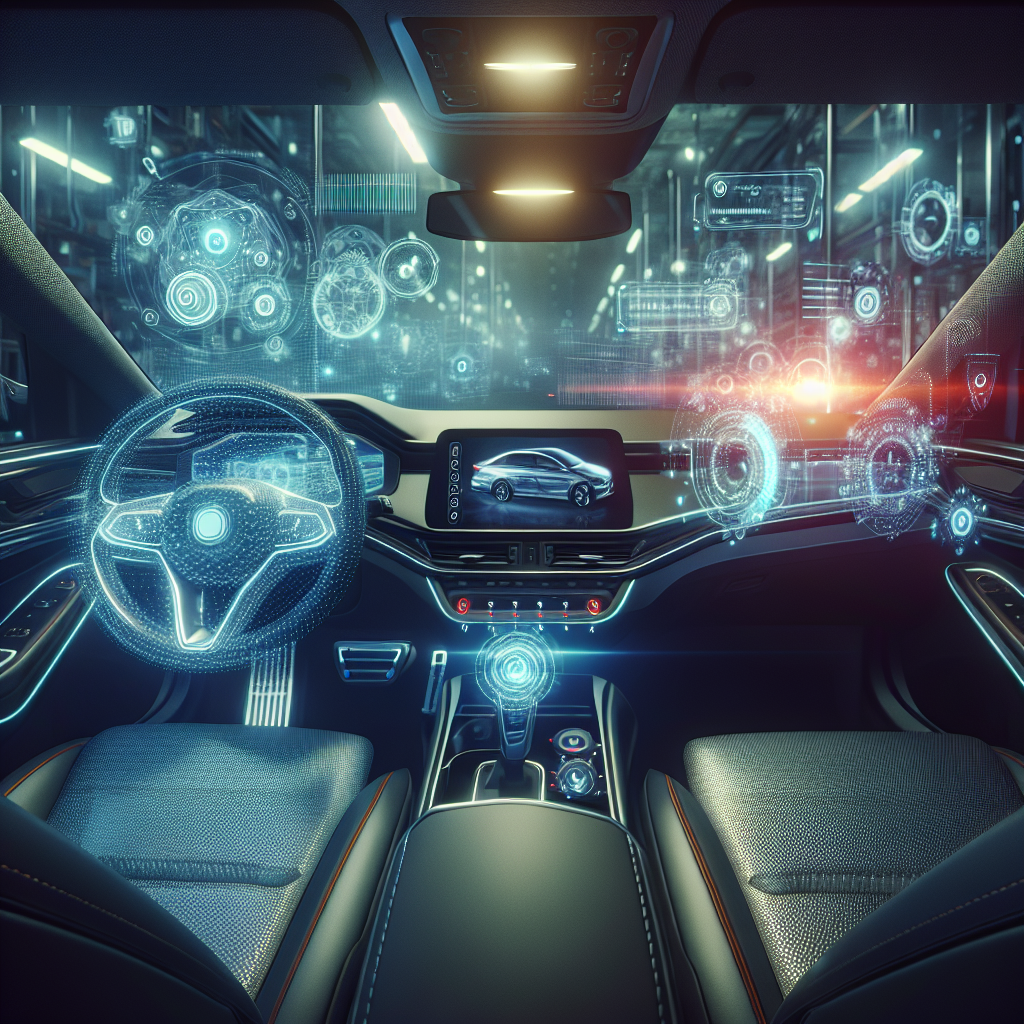
Major electric vehicle manufacturers are rolling out significant updates to their driver assistance systems, marking important developments in autonomous driving technology. While Tesla makes controversial changes to its Full Self-Driving (FSD) system's driver monitoring approach, Rivian introduces enhanced highway assistance features, highlighting the industry's ongoing evolution in advanced driver assistance systems (ADAS).

Chinese electric vehicle manufacturers are demonstrating remarkable strength in both domestic and international markets, with several companies hitting significant milestones. While the overall import market shows signs of contraction, domestic brands are expanding their global footprint through strategic initiatives and technological advancement, particularly in the electric vehicle sector.
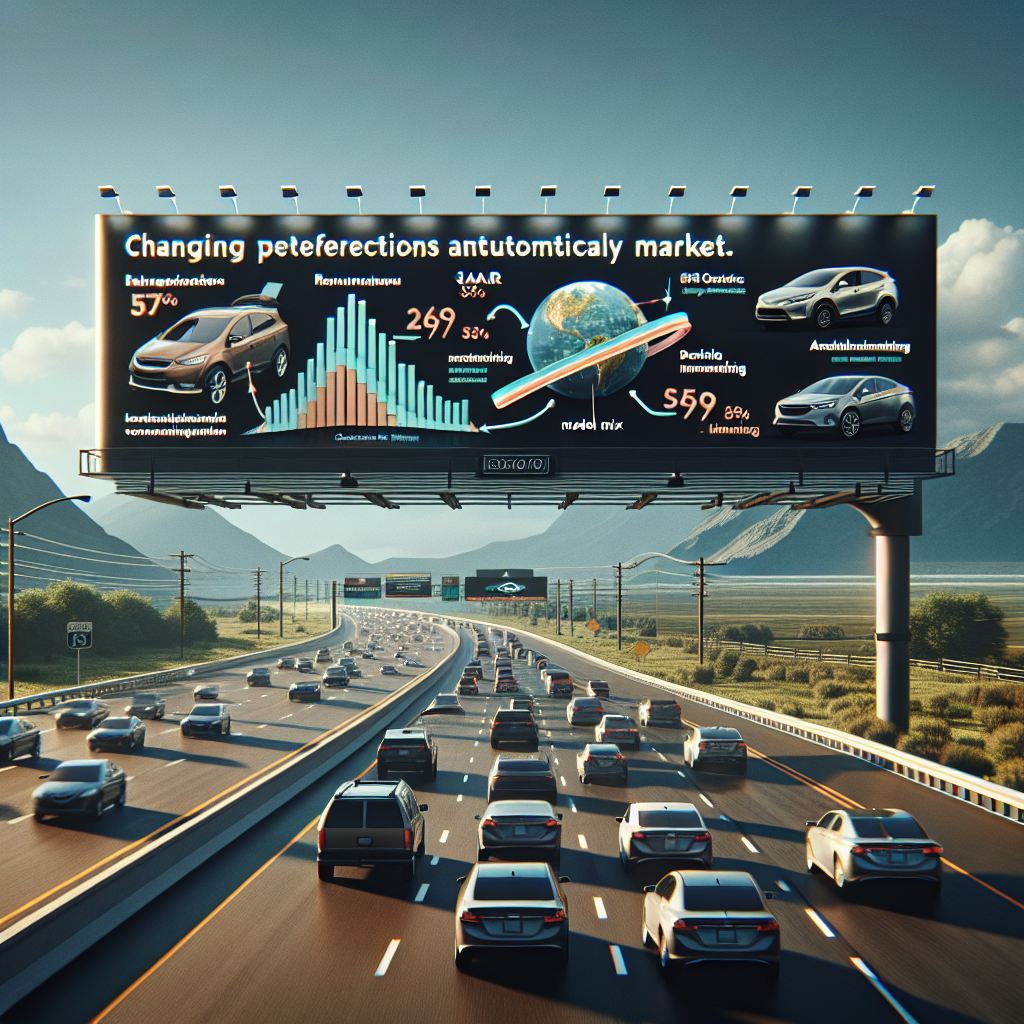
The American automotive landscape is experiencing significant changes as manufacturers adjust their strategies amid evolving market conditions. While some automakers are scaling back electric vehicle production, others are doubling down on their EV commitments and exploring innovative sales approaches. Tesla remains particularly active in policy advocacy, while traditional manufacturers like Ford are introducing creative financing solutions to maintain their market position.
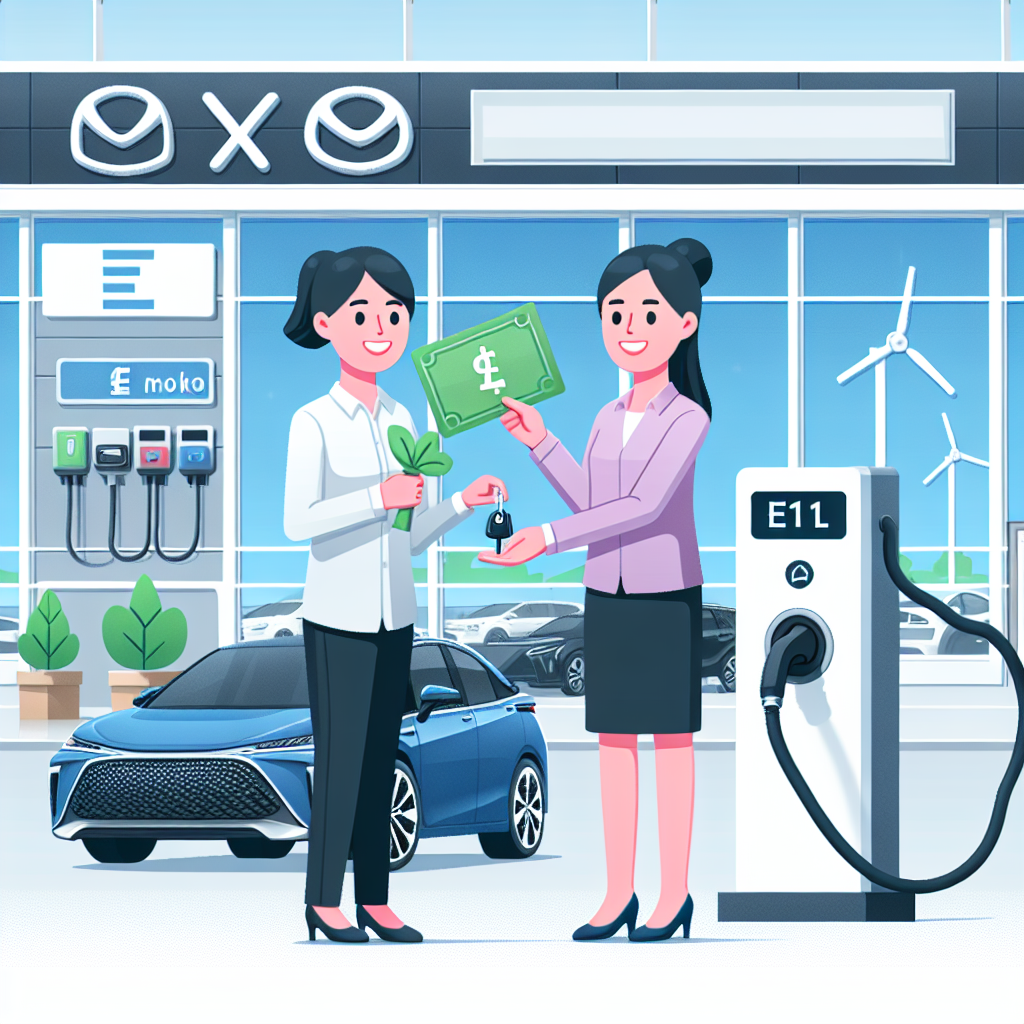
A series of innovative financial incentives and technological programs are transforming how consumers can purchase and benefit from electric vehicles and trucks. From manufacturer-backed financing deals to state-level infrastructure investments, multiple initiatives are making vehicle ownership more accessible while creating new opportunities for owners to earn money through vehicle-to-grid technology.

The electric vehicle industry is witnessing significant advancements in charging technology, with major automakers implementing faster charging systems and more convenient features. From revolutionary vehicle-to-grid (V2G) implementations to enhanced charging speeds through 800-volt architecture, these developments are making electric vehicles more practical and user-friendly than ever before.

Nissan has unveiled its ninth-generation Sentra compact sedan, showcasing a dramatic styling overhaul and technological improvements that position it as a strong competitor in the affordable car segment. The 2026 model represents a significant evolution for the nameplate, which has been a cornerstone of Nissan's lineup for more than four decades [1].

A significant safety recall has been announced for BMW vehicles and Toyota Supras due to a starter motor defect that could potentially cause fires, even when vehicles are parked and turned off. The recall affects approximately 196,000 vehicles in the United States, spanning multiple popular models from both manufacturers produced between 2019 and 2022 [1].